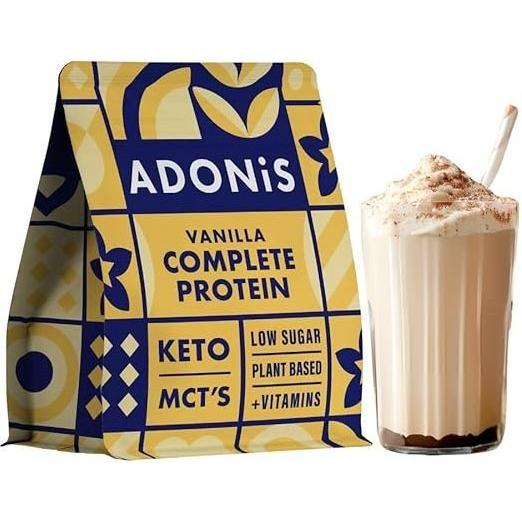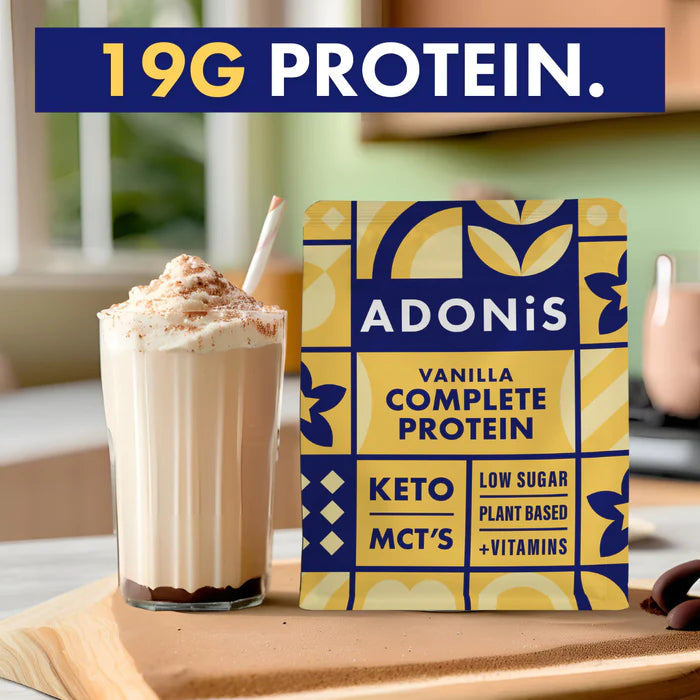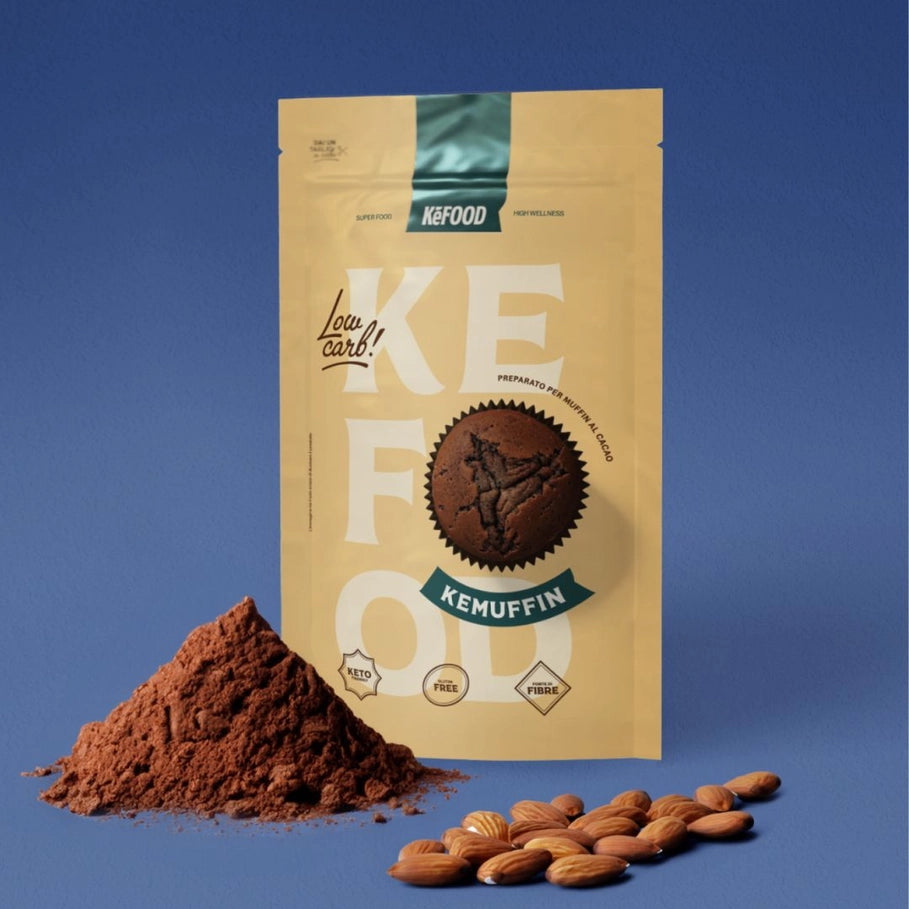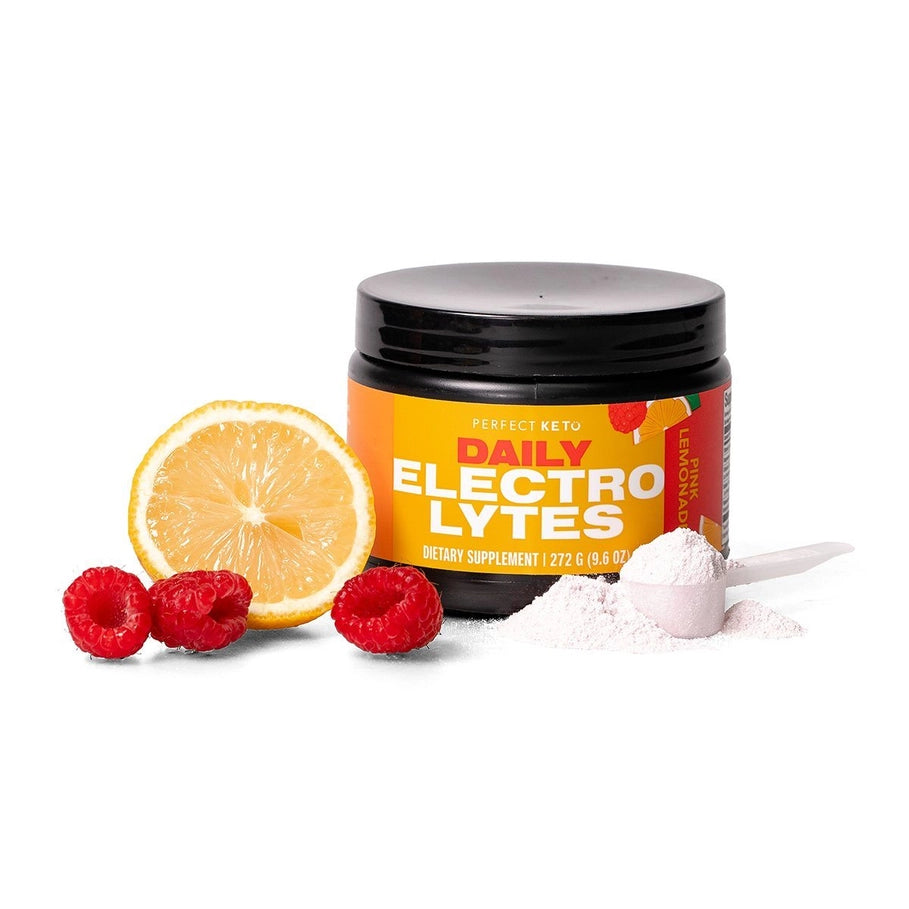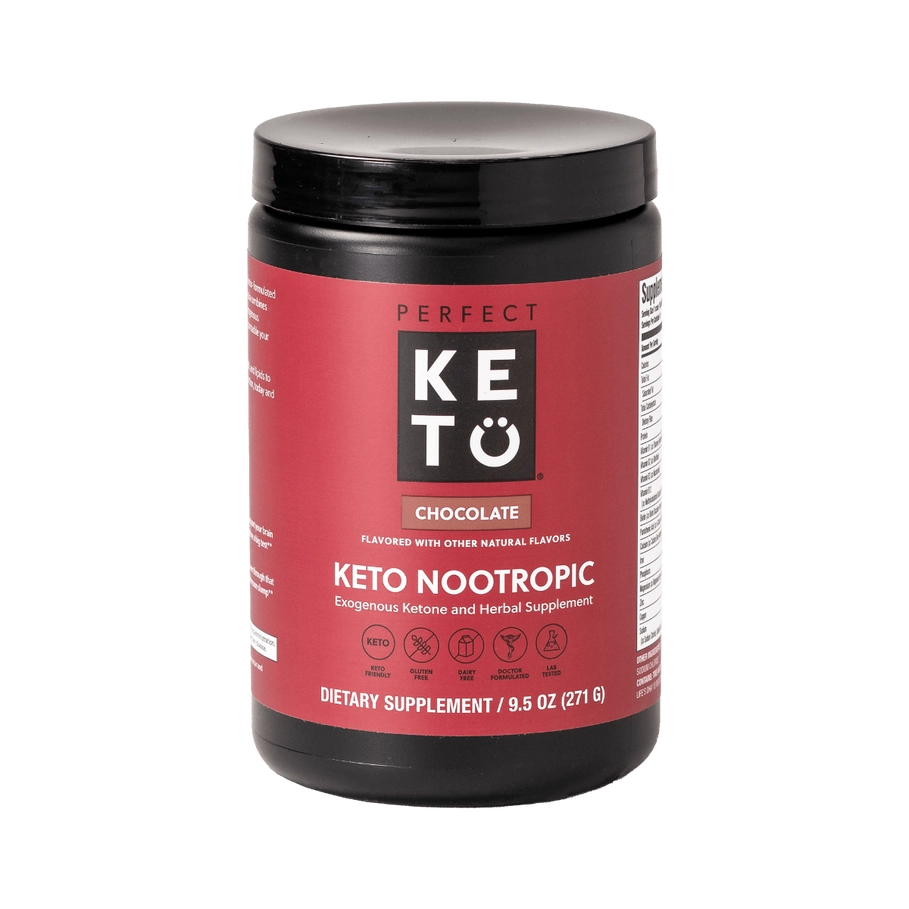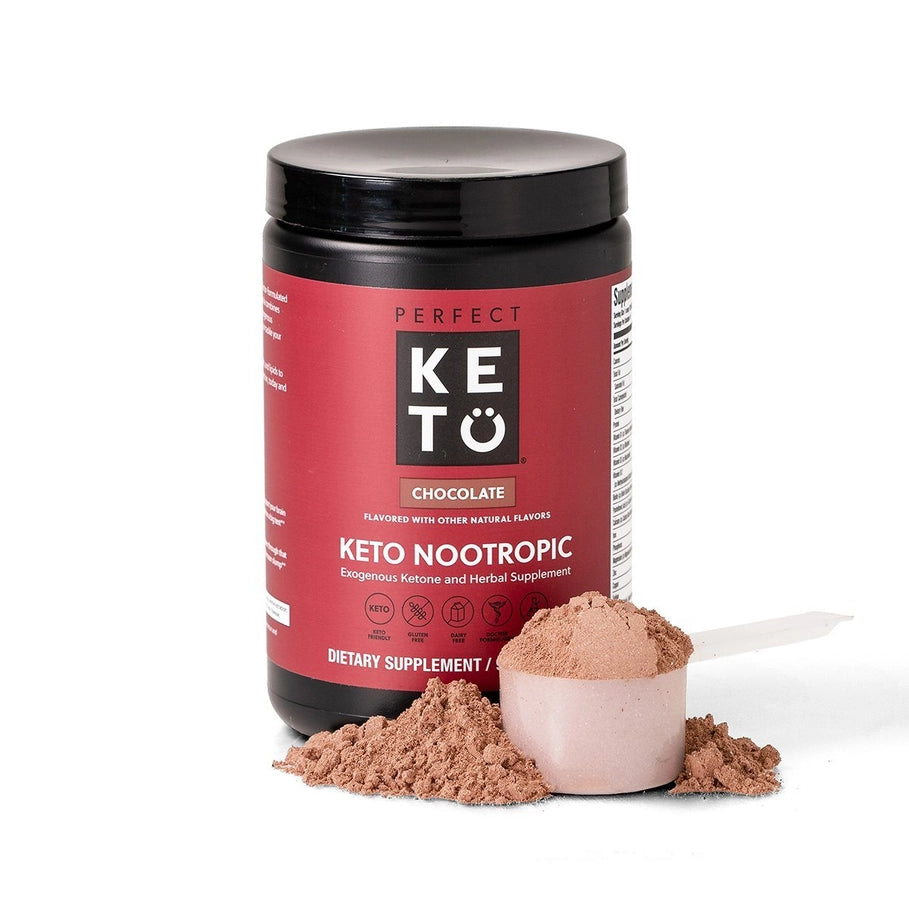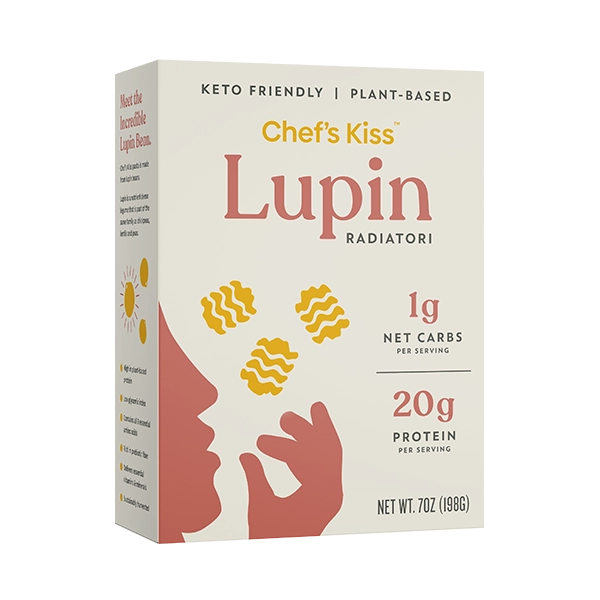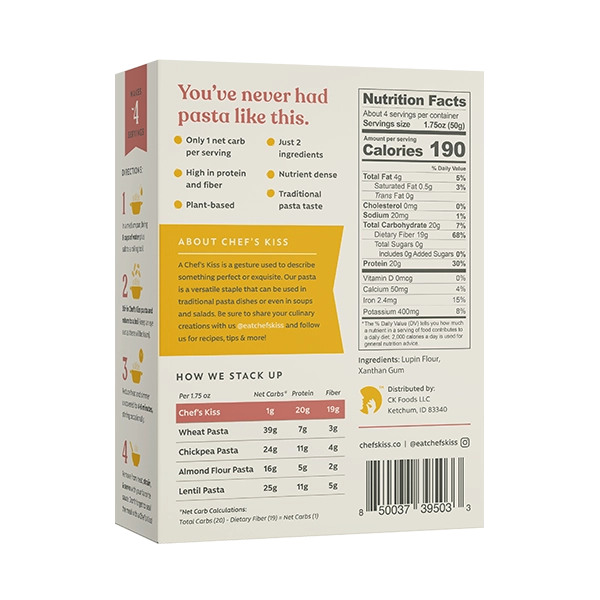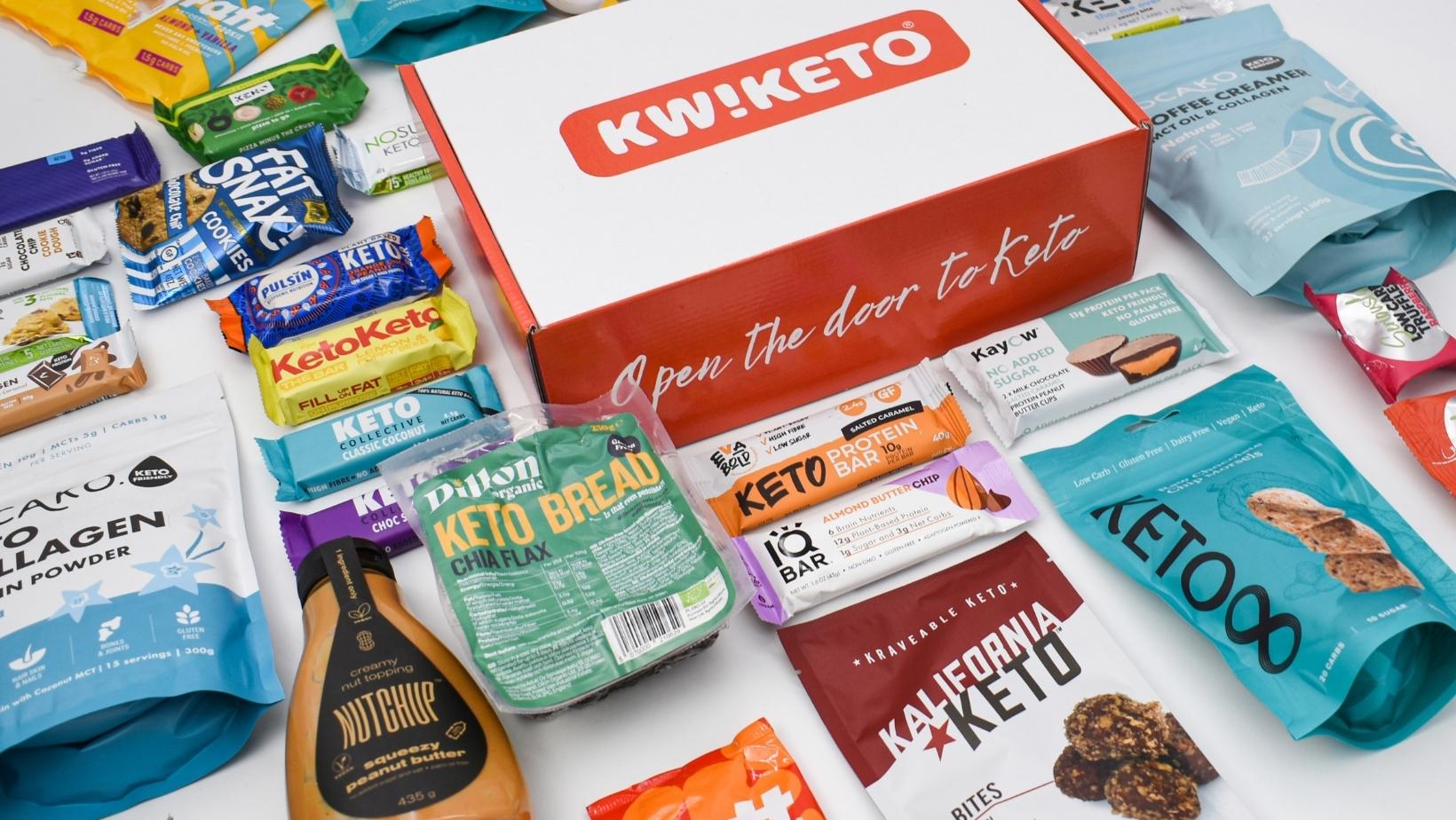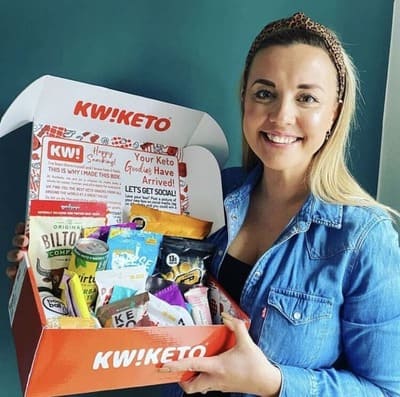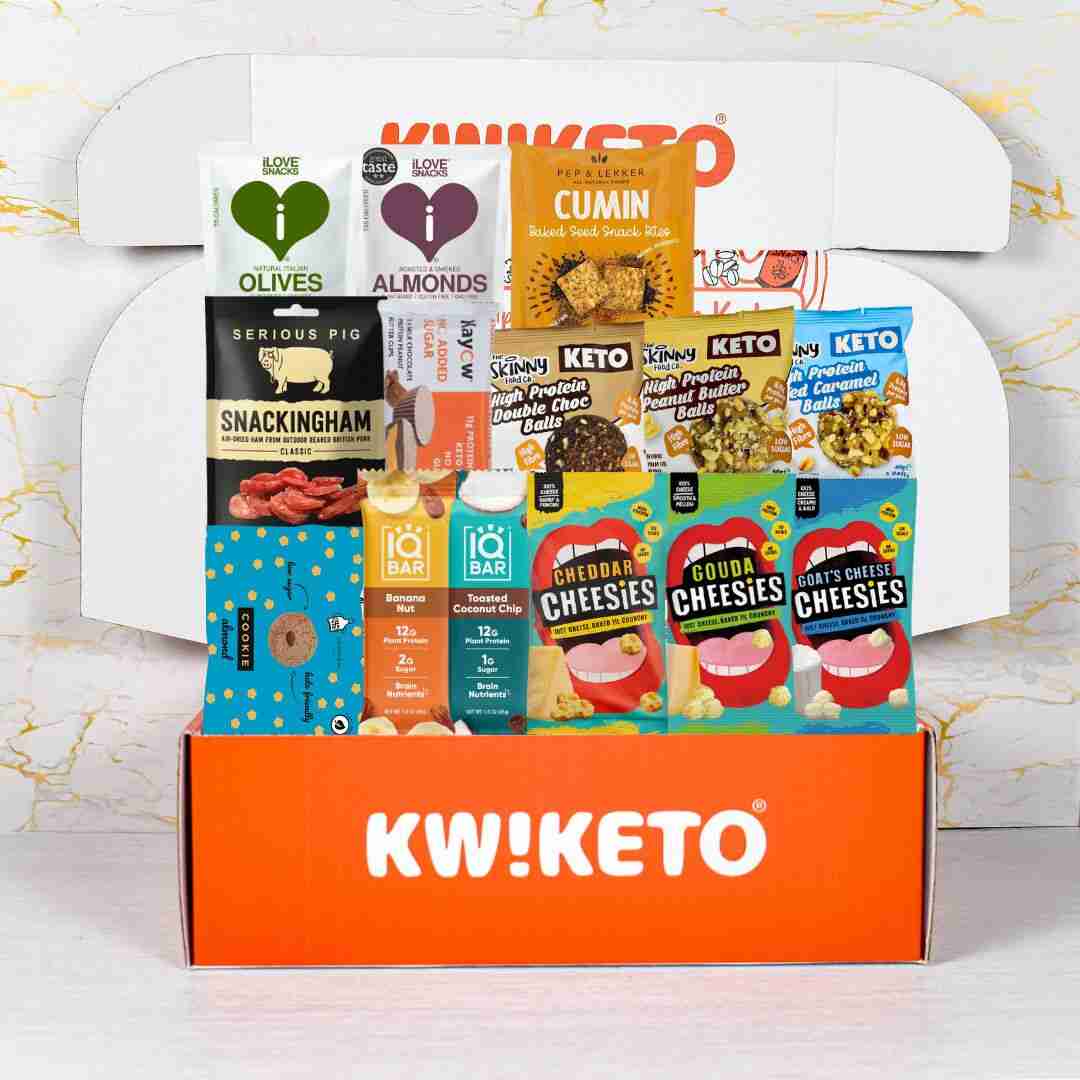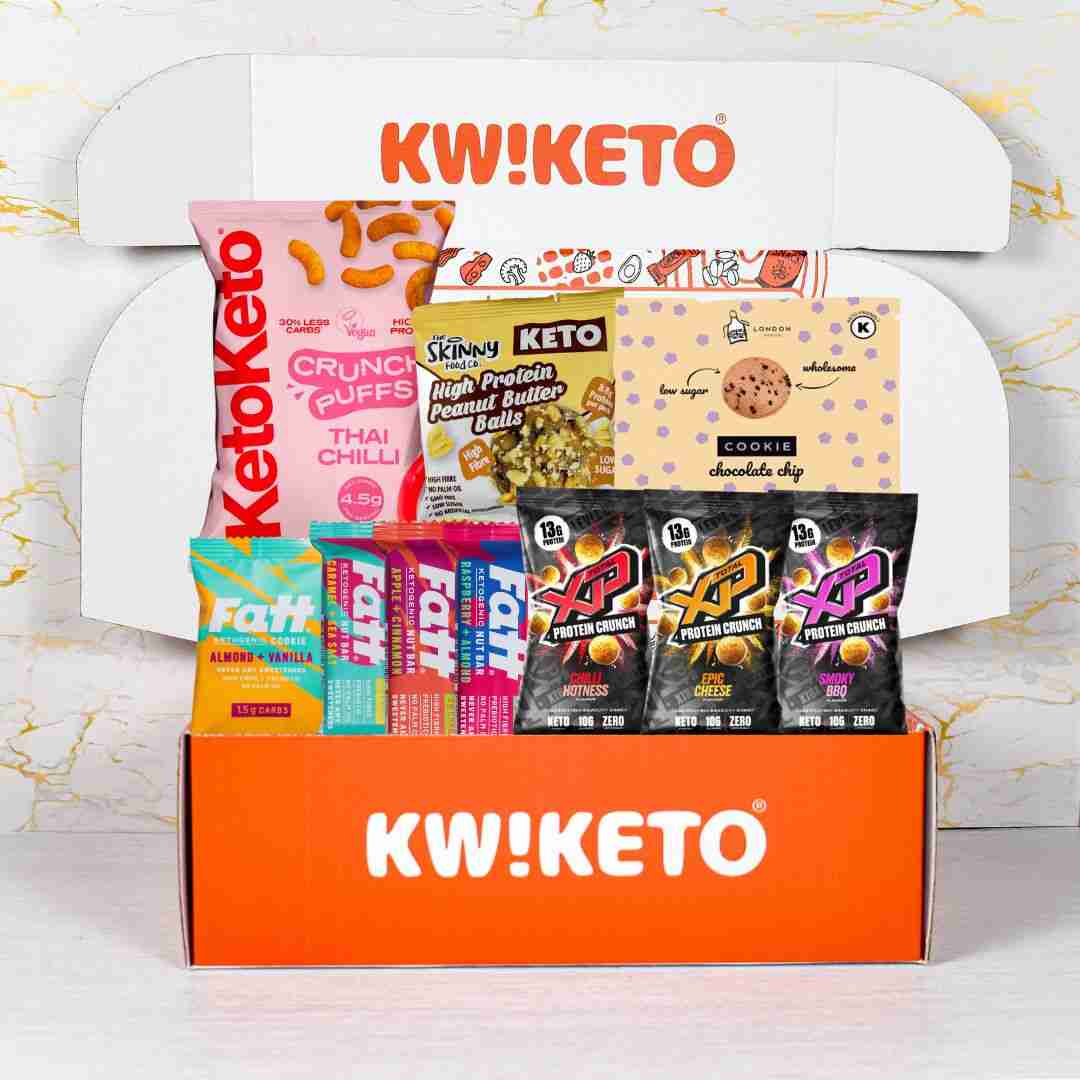
Ketogenic and Paleolithic Diet
Keto vs Paleo Diet: A Comprehensive Comparison
When it comes to adopting a healthier lifestyle, diet plays a pivotal role. Among the numerous diet plans that have gained popularity over the years, the Ketogenic (Keto) and Paleolithic (Paleo) diets stand out due to their distinctive approaches towards achieving health goals. While both diets share some similarities, they differ fundamentally in their principles and dietary guidelines. This article aims to offer an in-depth comparison of the Keto and Paleo diets, helping you to make an informed decision about which of these dietary approaches might be the most suitable for you.
Understanding the Fundamentals
The Keto Diet: An Overview
The Ketogenic diet, widely known as the Keto diet, focuses on manipulating the macro-nutrient distribution of the meals to induce a metabolic state known as ketosis. Your body typically uses glucose derived from carbohydrates for energy. However, when carbohydrate intake is significantly reduced, the body starts metabolizing stored fat, creating ketones to fuel the bodily functions. The primary objective of the Keto diet is to instigate this fat-burning state of ketosis.
The macro-nutrient breakdown of a standard Keto diet typically adheres to the following distribution:
- Fat: 65-90%
- Protein: 10-30%
- Carbohydrates: Less than 5%
The Keto diet encourages the consumption of food high in healthy fats, moderate protein, and extremely limited carbohydrates. This dietary approach has been linked to potential benefits such as weight loss, improved blood sugar control, and enhanced cognitive function.
The Paleo Diet: An Overview
The Paleo diet, often referred to as the 'caveman' or 'Stone Age' diet, is based on the dietary habits of our prehistoric ancestors. The driving principle behind this diet is that modern food systems and processing techniques are detrimental to human health. Hence, adhering to a diet consisting of foods available during the Paleolithic era supposedly supports the body’s natural biological function, enhances digestion, and promotes overall health.
The Paleo diet steers clear from grains, legumes, and most processed foods. The primary food groups in the Paleo diet include:
- Meat and fish
- Eggs
- Nuts and seeds
- Fruits
- Vegetables
- Healthy fats
While the Paleo diet is more of a lifestyle choice than just a diet, it doesn't focus on counting macro-nutrients. The goal is to consume nutrient-dense, unprocessed foods that our ancestors would have eaten.
Keto vs Paleo: The Similarities
Despite their unique approaches, the Keto and Paleo diets share several similarities:
-
Emphasis on Whole Foods: Both diets advocate the consumption of whole foods and discourage the intake of highly processed foods.
-
Exclusion of Grains and Legumes: Both diets eliminate grains and legumes from the meal plan. While Paleo does it based on the ideology that these foods were not part of our ancestors' diet, Keto excludes them due to their high carbohydrate content.
-
Elimination of Added Sugar: Both diets strongly oppose the intake of added sugars. While Paleo permits natural sweeteners like honey and maple syrup, Keto allows certain artificial sweeteners that are devoid of sugar.
-
Focus on Healthy Fats: Both Keto and Paleo diets underscore the importance of consuming healthy fats. They encourage the consumption of unrefined fats from whole foods and selected refined oils such as olive and avocado oils.
-
Potential Weight Loss: Both diets are known for their potential to promote weight loss. While the Paleo diet focuses on consuming whole, unprocessed foods to lose weight, the Keto diet aims at inducing ketosis, a fat-burning state, for weight management.
Keto vs Paleo: The Differences
Despite the shared principles, there are significant differences between the Keto and Paleo diets:
-
Dairy Consumption: While the Paleo diet excludes all dairy products, the Keto diet permits the consumption of some dairy products, especially those high in fat and protein.
-
Processed Meats: The Paleo diet typically excludes processed meats, whereas the Keto diet allows them as long as they don't contain any sugar or carbs.
-
Sweeteners and Sugar: The Paleo diet allows some natural sweeteners, such as honey and maple syrup, but doesn’t permit artificial sweeteners. The Keto diet, on the other hand, allows some artificial sweeteners as long as they do not contain any sugar.
-
Starchy Vegetables and Fruits: The Paleo diet allows many nutrient-rich vegetables and fruits, even those with a high starch or carbohydrate content. However, the Keto diet restricts all high-carb foods, including most fruits and starchy vegetables.
-
Ideological Message: The Paleo diet places a heavy emphasis on lifestyle choices and promotes total wellness of the body and mind. On the contrary, Keto focuses solely on macro-nutrient distribution without any associated ideology or lifestyle component.
A Look at Carb Intake
One of the most noticeable differences between the Keto and Paleo diets lies in their approach to carbohydrate consumption. While the Keto diet severely restricts carb intake to induce ketosis, the Paleo diet allows a higher intake of carbs from whole food sources.
In the Keto diet, carbohydrates typically constitute only 5-10% of the daily caloric intake, often less than 50 grams per day. This strict limitation on carbs is essential to reach and maintain the fat-burning state of ketosis.
Conversely, the Paleo diet doesn't set a strict limit on carbohydrate intake. Although it eliminates many high-carb foods like grains and refined sugars, it allows fruits and some natural sweeteners, resulting in a higher carb intake compared to the Keto diet.
Dairy and Soy: A Key Difference
Another significant difference between the Keto and Paleo diets is their stance on dairy and soy products. The Paleo diet strictly excludes all dairy products, based on the belief that our prehistoric ancestors did not consume them. It also prohibits soy due to its high content of anti-nutrients like phytates and lectins.
On the other hand, the Keto diet permits the consumption of certain dairy products, particularly those high in fat and protein, such as cheese and butter. However, like Paleo, most Keto diet guidelines also recommend avoiding soy due to its high carb content.
Which Diet is Best for You?
Choosing between the Keto and Paleo diets largely depends on your individual health goals, dietary preferences, and lifestyle. The Keto diet might be an ideal choice for you if your primary goal is weight loss or blood sugar control. It could also be beneficial if you are comfortable with tracking your macro-nutrient intake and maintaining a strict low-carb, high-fat diet.
On the other hand, if you are looking for a holistic approach to health that focuses on consuming wholesome, nutrient-dense foods without counting macro-nutrients, the Paleo diet might be a better fit. It could also be more suitable if you prefer a diet with more flexibility in terms of carbohydrate consumption. It's crucial to remember that adopting a new diet should be based on individual health needs and sustainability in the long-term. For a personalized approach, consider consulting with a registered dietitian or healthcare provider before making significant changes to your diet.
Conclusion
In the battle of Keto vs. Paleo diet, there's no one-size-fits-all winner. Both diets offer potential health benefits and share some common principles, but they differ in their dietary recommendations and approach towards achieving health goals. While the Keto diet is more focused on manipulating macro-nutrient distribution to induce ketosis, the Paleo diet emphasizes consuming unprocessed foods that were available to our prehistoric ancestors.
Before choosing a diet, it's essential to consider your individual health goals, dietary preferences, and lifestyle. Whether you opt for Keto, Paleo, or any other diet, the key to success lies in choosing a diet that is sustainable and supports your overall health and wellbeing.

